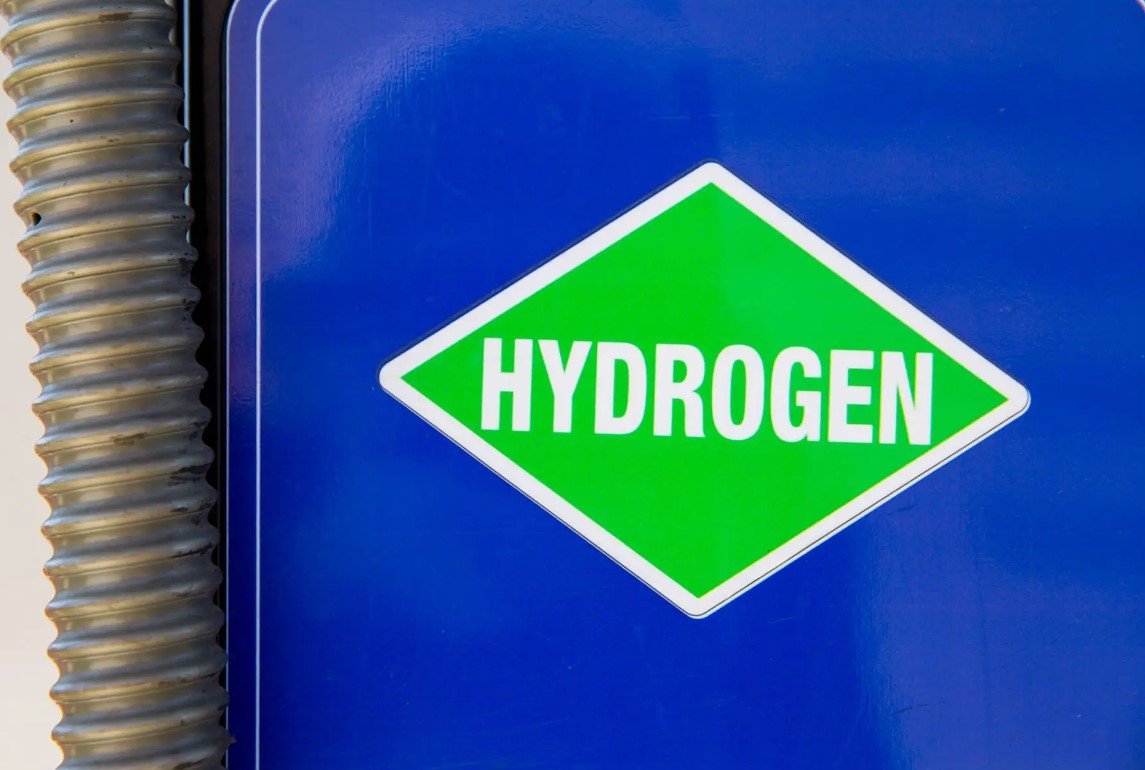Scientists have found a new way to produce hydrogen from water using sunlight, a breakthrough that could lead to a clean and renewable source of energy. The researchers from the University of Cambridge and the University of Tokyo developed a novel photocatalyst that can split water into hydrogen and oxygen using visible light.
How does the new photocatalyst work?
The photocatalyst is made of a metal-organic framework (MOF), a porous material that can absorb and store large amounts of light energy. The MOF contains cobalt, which acts as a catalyst to speed up the water-splitting reaction. The researchers also added platinum nanoparticles to the MOF, which enhance the efficiency and stability of the process.
The researchers tested the photocatalyst under simulated sunlight and found that it could produce hydrogen at a rate of 4.2 millilitres per hour per gram of catalyst, which is comparable to some of the best photocatalysts reported so far. The photocatalyst also showed no sign of degradation after 96 hours of continuous operation.

Why is hydrogen production important?
Hydrogen is considered as a promising alternative to fossil fuels, as it can be used to power vehicles, generate electricity, and store energy. Hydrogen can also be combined with carbon dioxide to produce synthetic fuels and chemicals. However, most of the hydrogen currently produced comes from natural gas, which emits greenhouse gases and contributes to global warming.
One of the challenges of producing hydrogen from water is that it requires a lot of energy, which usually comes from fossil fuels or electricity. Photocatalysis, on the other hand, uses sunlight as the energy source, which is abundant, free, and environmentally friendly. Photocatalysis also does not need any external power supply or electrodes, making it simpler and cheaper than other methods.
What are the implications and limitations of the study?
The study, published in the journal Nature Communications, demonstrates a new way to harness solar energy for hydrogen production, which could pave the way for a sustainable and carbon-neutral energy system. The researchers hope that their photocatalyst can be scaled up and applied in various settings, such as rooftops, windows, or solar farms.
However, the study also acknowledges some limitations and challenges that need to be overcome before the photocatalyst can be widely used. For instance, the photocatalyst still has a low efficiency compared to other methods of hydrogen production, such as electrolysis. The researchers also need to optimize the composition and structure of the MOF to improve its performance and stability. Moreover, they need to address the safety and storage issues related to hydrogen, which is highly flammable and explosive.
